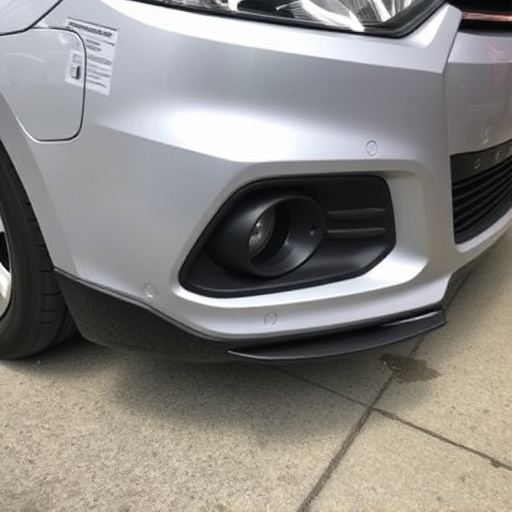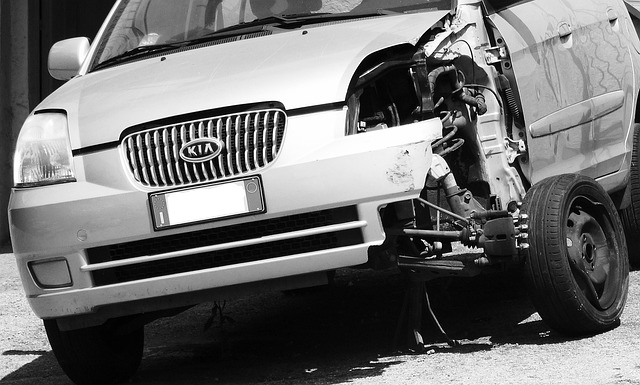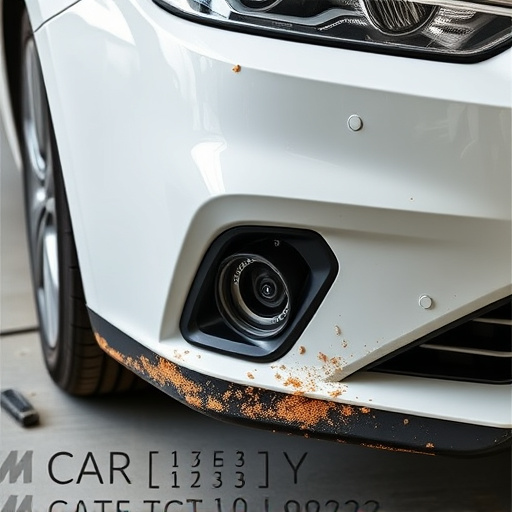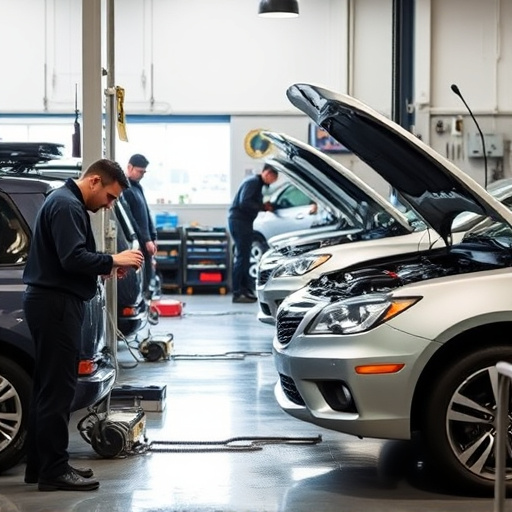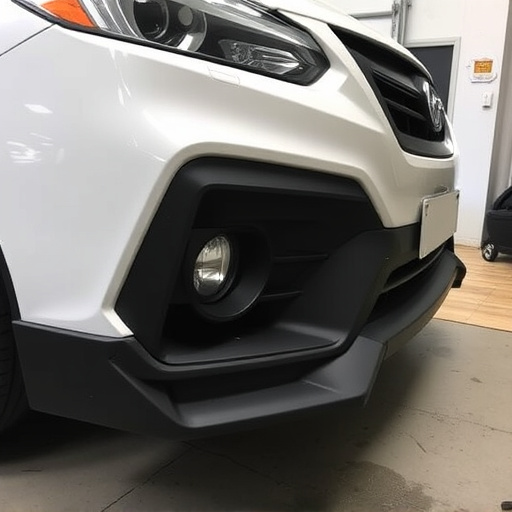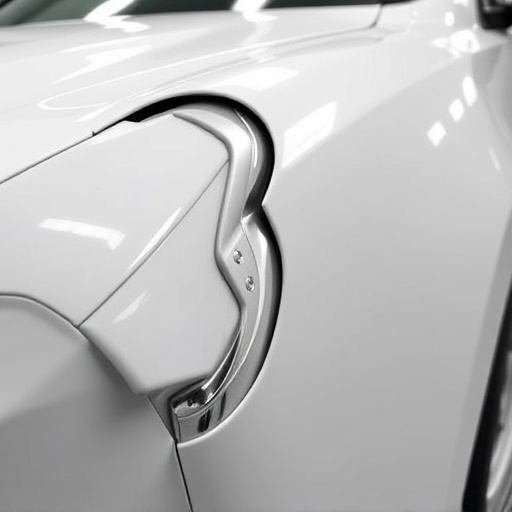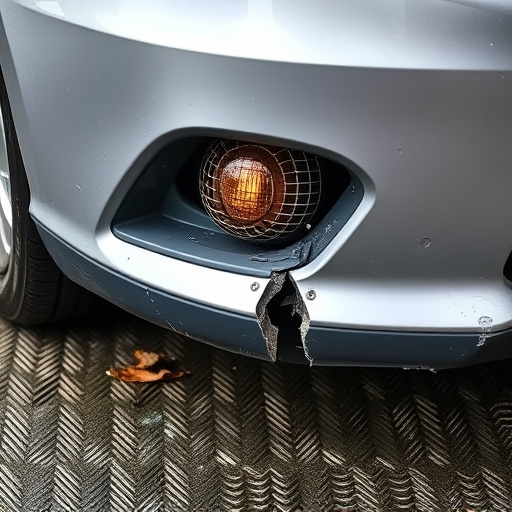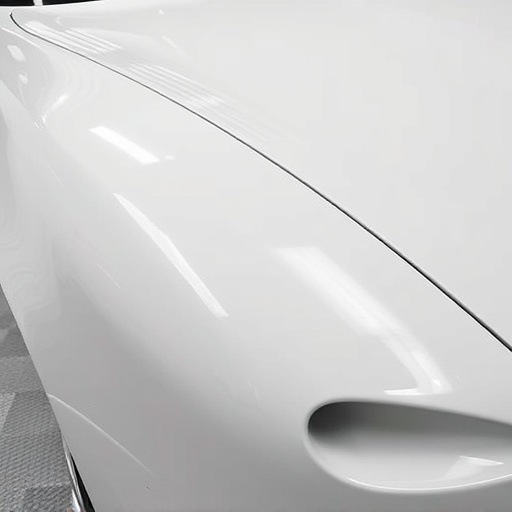The automotive industry shifts towards environmentally safe repair practices, using eco-friendly materials, efficient waste management, and cleaner technologies to minimize environmental impact while maintaining high-quality services. These initiatives attract green consumers, enhance business reputation, and contribute to a more sustainable future, despite initial investment costs and complex processes.
In today’s eco-conscious world, adopting environmentally safe repair practices is not just a moral imperative but a strategic necessity. This article explores how integrating sustainable repair methods seamlessly aligns with comprehensive waste management plans. We delve into understanding these practices, their effective combination with waste strategies, and the multifaceted benefits they offer while acknowledging inherent challenges. By embracing these innovations, businesses can contribute to a greener future.
- Understanding Environmentally Safe Repair Practices
- Integrating Repair Methods with Waste Management Strategies
- Benefits and Challenges of Sustainable Repair and Recycling
Understanding Environmentally Safe Repair Practices
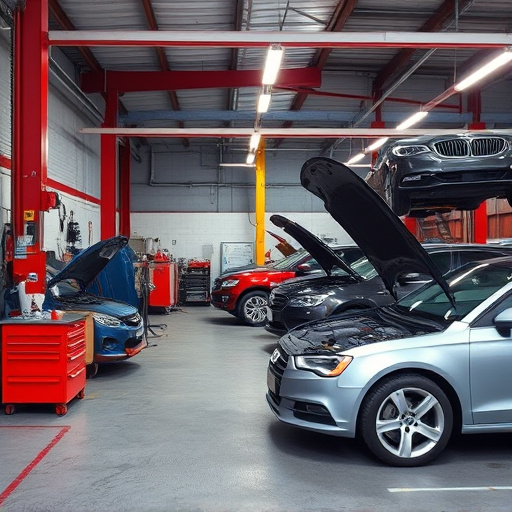
Environmentally safe repair practices are gaining prominence as a sustainable approach to automotive maintenance and upkeep. This method involves utilizing eco-friendly materials and techniques during the repair process, minimizing the environmental impact often associated with traditional auto repair services. By adopting these practices, luxury vehicle repair centers can reduce their carbon footprint while ensuring high-quality body shop services.
Such methods include the use of biodegradable or recyclable materials for parts replacement, efficient waste management systems to handle residual materials from body shop services, and cleaner technologies that emit fewer harmful substances into the atmosphere. These initiatives not only contribute to a greener environment but also appeal to environmentally conscious consumers who are increasingly seeking eco-friendly auto repair options. For businesses offering luxury vehicle repair, incorporating these safe practices can enhance their reputation while promoting a more sustainable future for both the industry and the planet.
Integrating Repair Methods with Waste Management Strategies
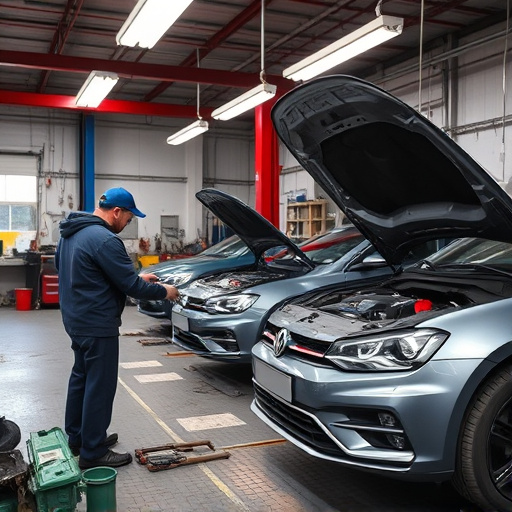
The integration of environmentally safe repair methods with comprehensive waste management strategies is a progressive approach in the automotive industry. As we explore sustainable solutions for car bodywork services, it becomes evident that collision repair services can significantly contribute to ecological preservation. By adopting eco-friendly practices, such as utilizing recycled materials and implementing efficient disposal techniques, repair facilities can minimize their environmental impact.
This synergistic relationship between repair and waste management offers a promising path forward. For instance, automotive collision repair centers can collaborate with local recycling programs to divert scrap metal and plastic from landfills. Moreover, adopting innovative technologies for material recovery and reuse ensures that car bodywork services not only reduce waste but also contribute to a circular economy, fostering sustainability in the long term.
Benefits and Challenges of Sustainable Repair and Recycling
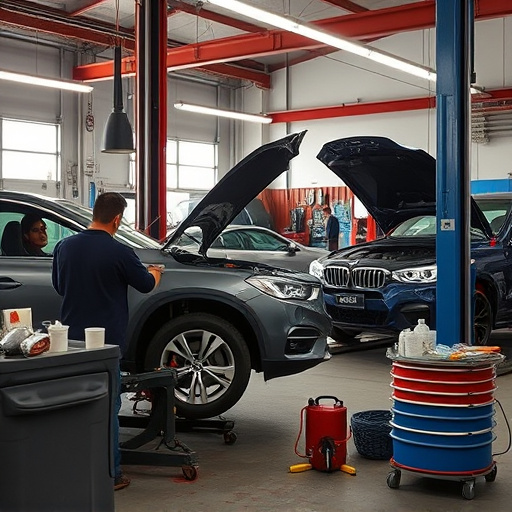
The shift towards environmentally safe repair practices offers a multitude of benefits for both businesses and consumers. By integrating sustainable methods into vehicle body repair and auto painting processes, workshops can reduce their carbon footprint significantly. This includes minimizing the use of toxic chemicals, promoting efficient material utilization, and encouraging recycling. For instance, eco-friendly paints and solvents have lower volatile organic compound (VOC) emissions, leading to improved air quality both within repair shops and for surrounding communities.
Despite these advantages, implementing sustainable practices in car repair services presents several challenges. One major hurdle is the initial investment required to transition to environmentally safe repair equipment and training. Many traditional auto body repair shops may struggle with adopting new technologies and processes due to budget constraints or resistance to change. Additionally, ensuring proper disposal and recycling of waste materials from vehicle body repair can be complex, requiring adherence to stringent environmental regulations and collaboration with specialized recycling centers.
Environmentally safe repair practices are not just a trend but an essential component of modern waste management plans. By integrating sustainable repair methods, we can significantly reduce the environmental impact of product lifecycles. This article has explored best practices in environmentally safe repair, their seamless integration with waste management strategies, and the tangible benefits they offer. While challenges remain, embracing these changes is crucial for a greener future, ensuring that our repairs contribute to a more sustainable world.

